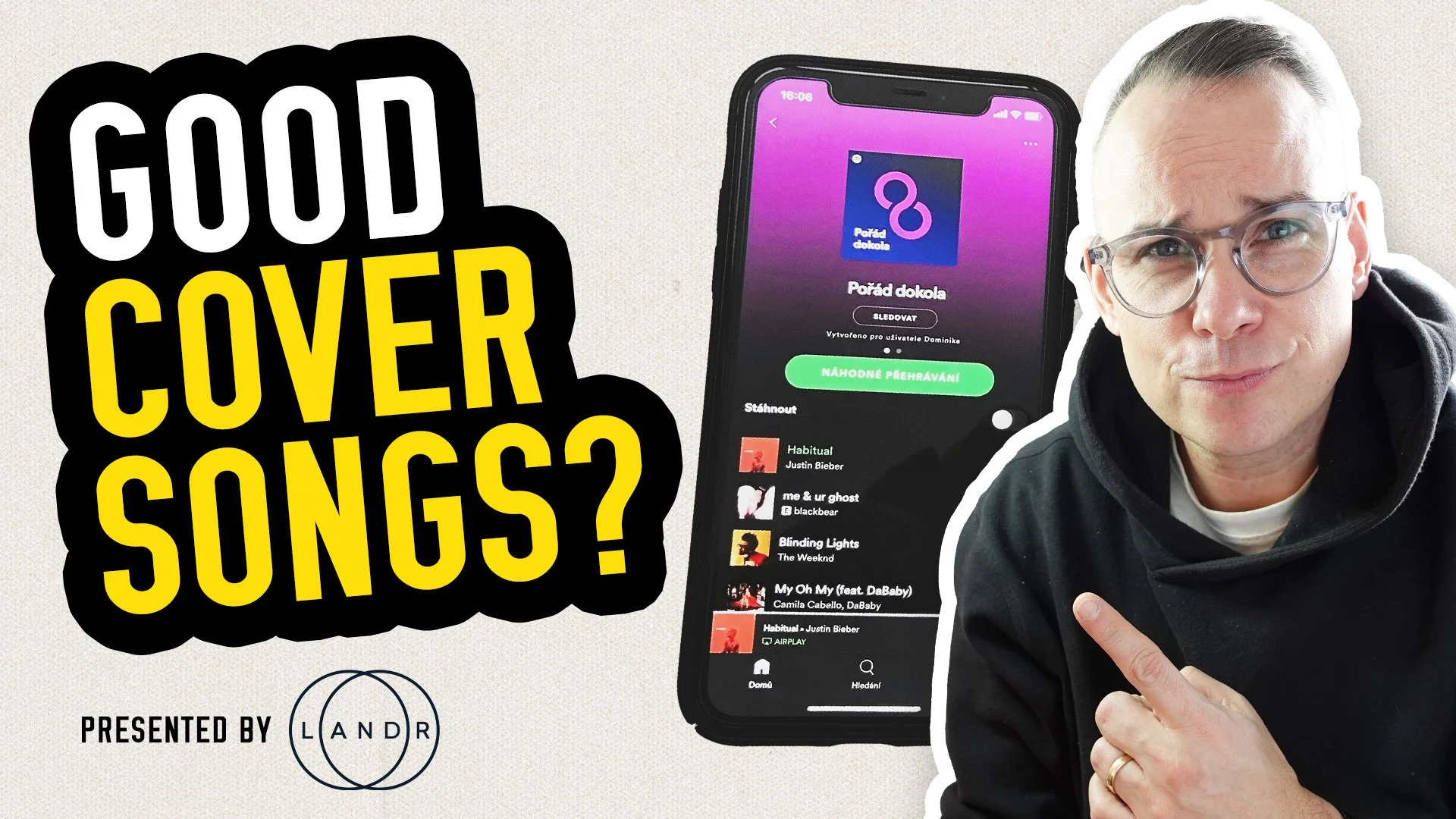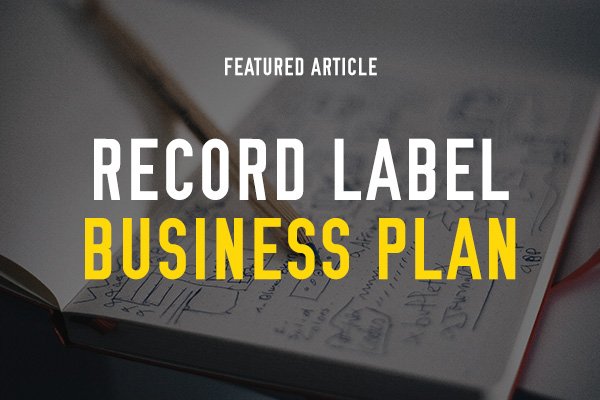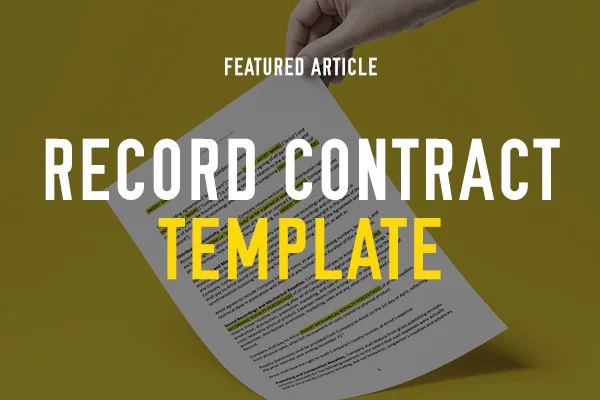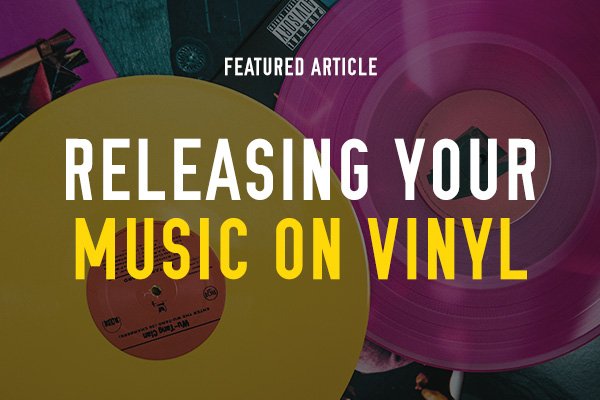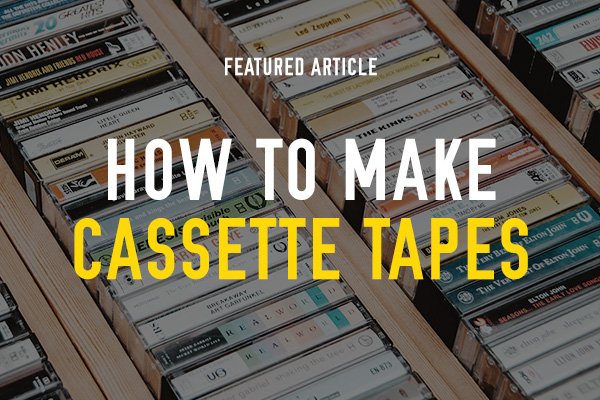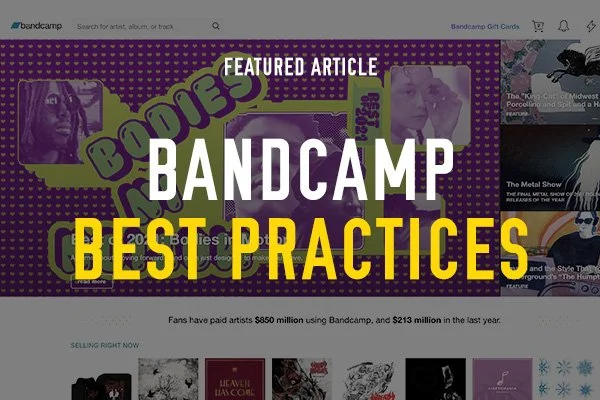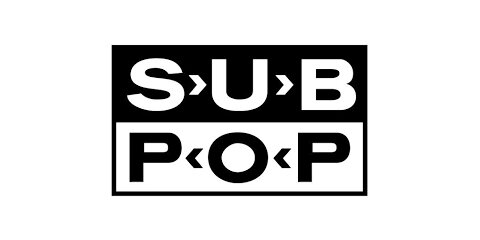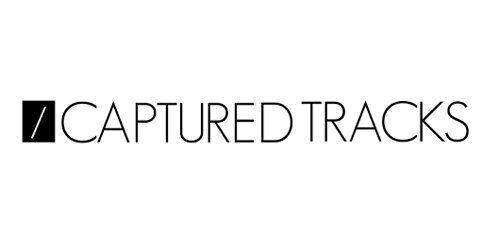
Why Releasing a Cover Song Can Boost Your Music Career (And How to Do It Legally)
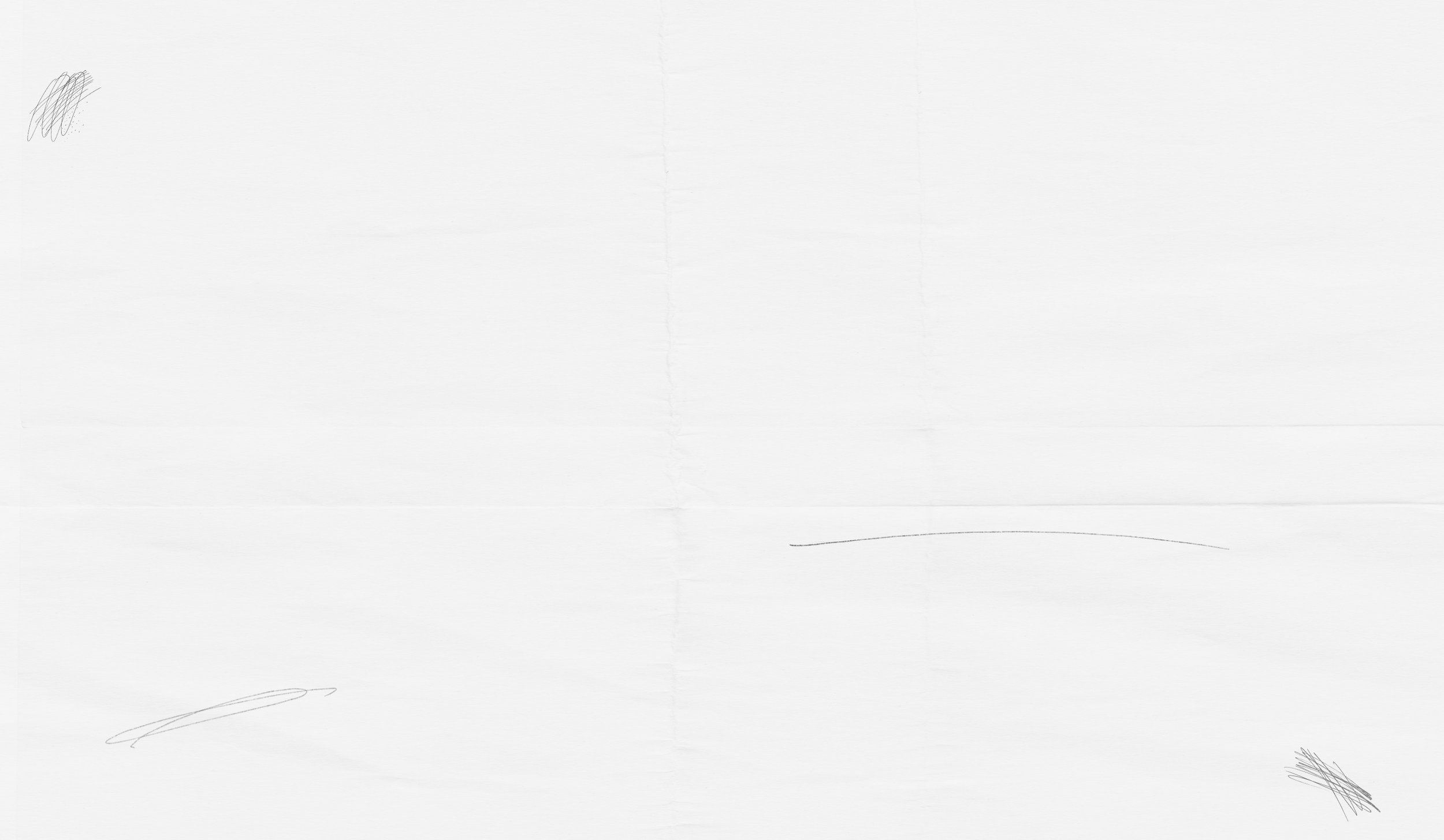
Releasing a cover song isn’t just a fun creative outlet — it’s also a strategic move for independent artists looking to grow their audience, gain algorithmic traction, and build a sustainable career in music.
In this article, we’ll explore why cover songs can be beneficial, how to handle the legal side, and how to get started quickly and affordably.
Why Cover Songs Can Be a Smart Career Move
Here are five reasons why a cover song release can help build momentum for your music career:
1. Instant Familiarity = Easier Discovery
When you release a song that listeners already know and love, you're tapping into a built-in audience. People are more likely to click play on something familiar, especially when browsing platforms like Spotify, YouTube, or TikTok.
2. Algorithmic Advantage
Streaming platforms love familiarity. Cover songs are more likely to show up in search results, auto-play queues, and algorithm-driven playlists. This can lead to more organic exposure than releasing an original song to a cold audience.
3. Creative Showcase
A great cover lets you reinterpret a well-known song in your own unique style — helping new listeners understand your musical identity right away. Whether it’s turning a pop song into a moody indie ballad or giving a classic folk tune a lo-fi twist, your version tells people who you are.
4. Sync Licensing Opportunities
Covers are a growing trend in TV, film, and commercial sync placements, especially when they offer a fresh or emotional take on the original. Supervisors are often looking for covers that match a mood but are easier and cheaper to license than the original master.
5. Low-Stakes, High-Reach
A cover song can be a great “between-albums” release or a low-pressure first single. It offers value to listeners without putting the spotlight entirely on your original songwriting — making it ideal for building momentum and testing new promo strategies.

The Legal Side:
How to Release a Cover Song the Right Way
Before you upload that reimagined Taylor Swift or Radiohead cover, there’s one important step: licensing.
You can’t legally release a cover song — especially on streaming platforms — without first securing a mechanical license.
This gives you permission to distribute your version of someone else’s composition and ensures the original songwriters get paid royalties.
Here’s what you need to know about song licensing:
Covers vs. Remixes vs. Sampling
A cover is your own performance of a song, without changing lyrics or core melody. You do not need the songwriter’s permission — but you do need to pay for a mechanical license.
A remix or anything involving sampling is a different story and often requires explicit permission from the copyright holders.You Need a License for Streaming and Downloads
Whether you're releasing your cover on Spotify, Apple Music, YouTube Music, or digital downloads like Bandcamp, you’ll need a mechanical license in place before distribution.Global Complications
U.S. law allows artists to cover songs without the songwriter’s permission as long as they pay mechanical royalties. However, outside the U.S., things get more complex, and some platforms require a license that covers international distribution.
To dig deeper into the legal details, check out this guide from Sync Songwriter, which breaks it all down clearly.
How to Release a Cover Legally
— the Easy Way
Luckily, you don’t need to navigate licensing agencies or hire a lawyer to release a cover song legally. Some digital distributors handle this process for you — making it fast, affordable, and stress-free.
We recommend LANDR, which offers cover song licensing for just $15 as a one-time fee — no annual charges, no recurring headaches. It’s one of the most cost-effective and artist-friendly ways to license and distribute your cover music globally.
Try LANDR for licensing…
Conclusion: Get started covering that song!
Cover songs are more than just a nod to your influences — they’re a powerful way to grow your fanbase, showcase your artistry, and open new doors in your music career. And today it’s actually easier (and more affordable) than ever.
So whether you’ve always wanted to put your spin on a classic or ride the wave of a trending track — now’s the perfect time to release a cover.
Song Licensing & Music Rights
Glossary of Terms
1. Mechanical License
A license that allows you to reproduce and distribute a copyrighted musical composition (like a cover song). This is required when releasing a song you didn’t write on streaming platforms or physical formats.
2. Sync (Synchronization) License
This license allows a piece of music to be used in sync with visual media — such as TV, film, video games, commercials, or YouTube videos. It must be negotiated directly with the rights holders.
3. Master Recording (or "Master Rights")
The final recorded version of a song. Whoever owns the master recording controls how that specific recording is used or licensed (often the artist or label).
4. Composition Rights (or "Publishing Rights")
These rights refer to the actual songwriting — melody, lyrics, chords — and are usually owned by the songwriter or their publisher. Cover songs require a license from this rights holder.
5. Performance Rights
These allow music to be performed publicly — on the radio, in venues, or on streaming services. Collected and managed by Performing Rights Organizations (PROs) like SOCAN (Canada), ASCAP, BMI (U.S.).
6. Cover Song
A new recording or performance of a previously released song by someone other than the original artist. Releasing one legally requires a mechanical license.
7. Derivative Work
A new creation that alters the original composition (e.g., changing lyrics or structure). This is not a simple cover and requires direct permission from the copyright holder.
8. Royalties
Payments made to rights holders (like songwriters, publishers, or performers) when their music is sold, streamed, or licensed. Different types include mechanical, performance, and sync royalties.
9. Public Domain
Songs whose copyrights have expired (or were never copyrighted) are free for anyone to use, perform, or adapt without needing a license. Many traditional folk and classical pieces fall into this category.
10. Compulsory License
A legal rule that allows anyone to cover a song that has already been released, provided they pay the appropriate royalties and don’t change the fundamental elements. This is the basis for most cover song licensing.
11. Performing Rights Organization (PRO)
An organization that collects and distributes performance royalties on behalf of songwriters and publishers. Examples: SOCAN (Canada), ASCAP, BMI, SESAC (U.S.), PRS (UK).
12. Digital Distributor
A platform or service that delivers your music to streaming services like Spotify, Apple Music, Amazon, etc. Some, like LANDR, also help you license your cover songs legally and affordably.

WATCH THIS EPISODE
and catch other videos on our YouTube Channel
FREE
DOWNLOAD
10 STEP RELEASE PLAN

RECORD LABEL
ACADEMY
The Complete A to Z of Building and Growing an Independent Record Label.

BEST VALUE
*
BEST VALUE *
RECORD LABEL
ACADEMY
Instant Lifetime Access to all our courses, books, and templates!
-
How to Start a Record Label (Online Course)
Record Label Marketing Strategies (Online Course)
Record Label Decision Tool (Online Course)
Profitable Record Label (Online Course)
All 10 Micro Courses
All 8 Micro eBooks
How to Start a Record Label (eBook)
Record Label Marketing Strategies (eBook)
Tons of bonus templates and extra resources
RECORD LABEL
ACADEMY
Instant Lifetime Access to all our courses, books, and templates!
-
How to Start a Record Label (Online Course)
Record Label Marketing Strategies (Online Course)
Record Label Decision Tool (Online Course)
Profitable Record Label (Online Course)
All 10 Micro Courses
All 8 Micro eBooks
How to Start a Record Label (eBook)
Record Label Marketing Strategies (eBook)
Tons of bonus templates and extra resources

Helpful Articles for Record Labels
-
10 Steps to Planning Your New Release
50 Reasons Why You Should Start a Record Label
How Fans Can Support Record Labels
How Many Releases Per Year is Ideal?
How to Register Your Record Label
How to Submit Your Music to Record Labels
How to UNSTUCK your record label
Leveraging the Power of Lead Time
Record Store Day
Social Media Strategies & Solutions
Social Media Strategies & Solutions
The 4 Attributes of a Great Record Label
Why Artists Need a Record Label
Why Do We Release Music on Fridays?
How to Make a Business Plan
Record Contract Template
How to Start a Record Label
Branding & Album Artwork
Releasing Music on Vinyl
Music Publishing for Labels
How to Make Cassette Tapes
Bandcamp Best Practices
Other Record Labels Podcast
Featuring interviews with…




